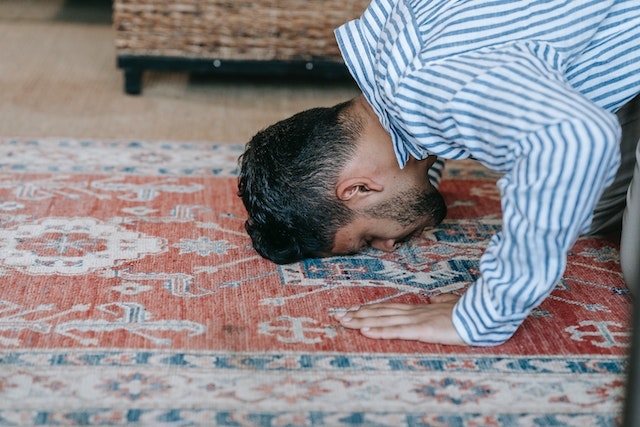
Overview of traditional Native American design elements such as geometric patterns, animal motifs, and tribal symbols
Authentic Native American Floor Area Rug Collection
Native American rugs hold a deep history and significance in traditional culture that cannot be understated. These beautiful rugs are not just pieces of decor, but symbols of heritage, tradition, and craftsmanship passed down from generation to generation.
For centuries, Native American tribes have used rug weaving as a way to tell stories, preserve cultural traditions, and showcase their artistic abilities. The intricate patterns and designs found in these rugs often reflect the natural world, spiritual beliefs, and tribal customs of the weavers. Each rug is a unique piece of art that carries with it the history and values of its creators.
In addition to their cultural importance, Native American rugs also hold significant economic value for many tribes. Rug weaving has long been a source of income for Native communities, providing much-needed financial support for families and helping to sustain traditional ways of life.
Today, authentic Native American floor area rugs continue to be highly sought after by collectors and enthusiasts around the world. Their timeless beauty and rich cultural significance make them not just a piece of home decor, but a meaningful connection to the past and an expression of indigenous identity.
In conclusion, the history and significance of Native American rugs in traditional culture is profound. These exquisite creations serve as both artistic masterpieces and valuable reminders of the enduring legacy of Native peoples. Owning an authentic Native American rug is not just about having a stylish floor covering – it's about honoring a vibrant cultural heritage that deserves to be celebrated and preserved for generations to come.